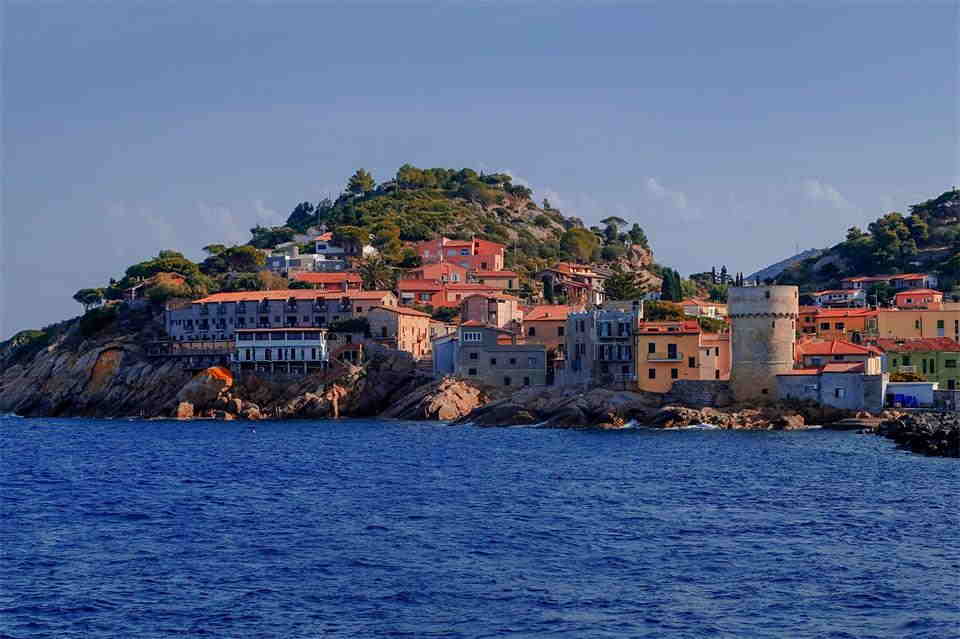Travel
Can Paradise Be Practical? Budgeting Tips for a Remote Island Trip

The image of a remote island vacation is the very definition of escapism: turquoise water stretching to the horizon, white sand slipping between your toes, and no worries in the world. But the cost of accessing such paradise can often feel like a reality check. Is it possible to experience the dream without derailing your finances? Absolutely.
While island destinations like the Maldives, Bora Bora, or the Seychelles are known for their luxurious resorts and high-end price tags, traveling smart can help you enjoy a tranquil getaway without breaking the bank. Here’s how to plan your remote island escape with both serenity and savings in mind.
1. Pick the Right Island Destination
Not all island getaways carry the same price tag. While the Maldives might top many bucket lists, there are lesser-known tropical havens like the Philippines’ Siargao, Indonesia’s Gili Islands, or even Puerto Rico that offer similar vibes for a fraction of the cost.
Do your research. Compare daily expenses such as accommodations, transportation, and food. Consider islands that are less popular with international tourists, as these tend to offer better value without sacrificing natural beauty.
2. Travel in the Shoulder Season
Peak seasons bring higher prices, larger crowds, and lower availability. Instead, look for shoulder seasons—the periods just before or after peak travel times. You’ll often find better deals on flights and lodging, not to mention fewer people clogging up your sunset views.
For many tropical islands, the shoulder seasons fall between April to June or September to November. Just make sure to double-check for any regional weather patterns like monsoons or hurricanes.
3. Set a Realistic Budget Early
Planning without a clear budget is the fastest way to overspend. Before booking anything, determine how much you’re willing to spend overall, then break it down into categories: flights, accommodations, food, activities, transportation, and miscellaneous.
Online tools and apps like Trail Wallet or TravelSpend can help track your budget while you travel. Sticking to your budget may take some discipline, but it’s far better than returning home to a mountain of post-vacation debt.
4. Hunt for Flight Deals
Flights to remote islands are often the biggest expense, but there are strategies to reduce the cost. Set fare alerts through apps like Hopper or Skyscanner and book several months in advance. Flexibility is key—flying midweek or adjusting your dates slightly can lead to major savings.
Also, check if flying into a nearby hub and taking a regional airline or ferry can cut costs. For example, flying to Sri Lanka before heading to the Maldives can sometimes be cheaper than direct routes.
5. Choose Accommodations Wisely
While beachfront bungalows are tempting, they’re not the only option. Look for guesthouses, eco-lodges, or even hostels that offer more affordable rates. On some islands, Airbnb rentals or locally run bed-and-breakfasts can provide a more authentic experience at a lower cost.
If you’re still dreaming of that overwater villa, consider splitting your stay—spend most of your nights in a budget-friendly place, then book one or two nights of luxury to round off the trip. This approach allows you to sample indulgence without committing your entire budget to it.
For example, those exploring resorts in Maldives Islands will find a wide range of options, from ultra-luxury to surprisingly affordable accommodations, each offering a different perspective of the island lifestyle.
6. Be Smart About Food and Drink
Meals can add up quickly, especially on remote islands where imported goods drive prices up. To save money, mix up your dining options. Enjoy a few special dinners at well-rated restaurants, but seek out local eateries or street food for daily meals.
If your accommodation includes a kitchenette, prepare your own breakfast or snacks. Also, bring along reusable water bottles and snacks like granola bars or trail mix to avoid paying premium prices for convenience items.
7. Plan Activities Strategically
It’s easy to fill your itinerary with snorkeling trips, boat excursions, and spa days, but these extras can quickly inflate your expenses. Instead, pick one or two must-do experiences and plan free or low-cost activities around them.
Spend days lounging on the beach, hiking island trails, or swimming in natural lagoons. Many islands offer incredible beauty that doesn’t require an entrance fee.
8. Watch for Hidden Fees
Always double-check for hidden costs like resort fees, airport transfers, or ferry charges. These extras might not appear in the initial booking price but can significantly affect your budget. Read the fine print and reach out to hosts or hotels for full cost breakdowns if needed.
Final Thoughts
A remote island getaway doesn’t have to be financially out of reach. With smart planning, careful budgeting, and a willingness to adapt, you can enjoy paradise without a painful price tag. The key is to prioritize what matters most to you—whether it’s luxury, adventure, or quiet relaxation—and allocate your funds accordingly.
So yes, paradise can be practical. All it takes is a bit of forethought, flexibility, and the right mindset. The memories you’ll make under swaying palms and glowing sunsets will be worth every carefully spent penny.

-

 Captions4 years ago
Captions4 years ago341 Sexy Captions to Fire Up Your Instagram Pictures
-

 Captions4 years ago
Captions4 years ago311 Night Out Captions for Instagram and Your Crazy Night
-

 Captions4 years ago
Captions4 years ago245 Saree Captions for Instagram to Boost Your Selfies in Saree
-

 Captions4 years ago
Captions4 years ago256 Best Ethnic Wear Captions for Instagram on Traditional Dress
-

 Captions4 years ago
Captions4 years ago230 Blurred Picture Captions for Instagram
-

 Captions4 years ago
Captions4 years ago275 Deep Captions for Instagram to Express Your Thoughts
-

 Quotes4 years ago
Quotes4 years ago222 Nail Captions for Instagram to Showcase Your Fresh Manicure
-

 Captions4 years ago
Captions4 years ago211 Laughing Captions for Instagram | Laughter Is the Best Medicine






















